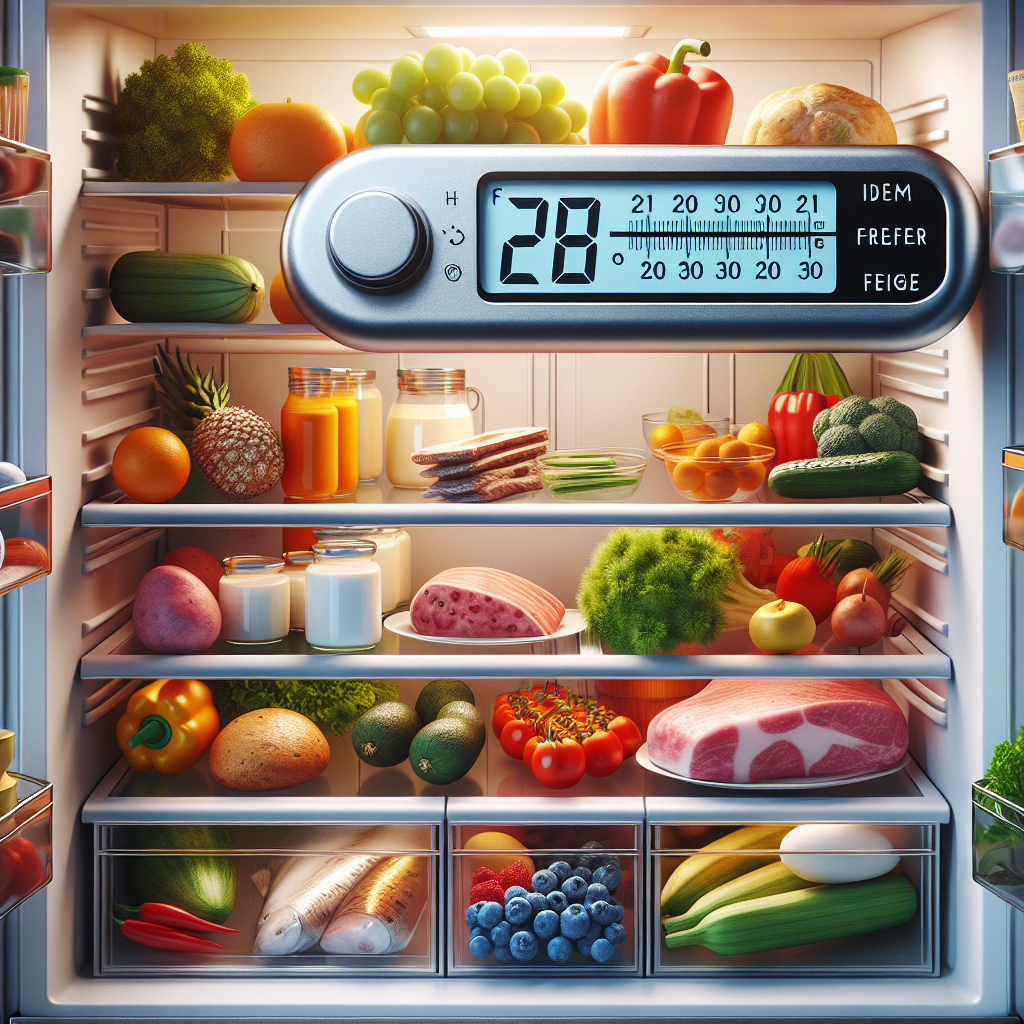Food storage is an integral part of maintaining food safety and quality. The temperature at which food is stored can significantly affect its shelf life, taste, and nutritional value. Understanding the ideal temperature range for storing various types of food is crucial for both home cooks and food industry professionals.
The Importance of Temperature in Food Storage
Microbial growth is a primary concern in food safety. Bacteria thrive in specific temperature ranges, and improper storage can lead to foodborne illnesses. The USDA identifies the "danger zone" for food as temperatures between 40°F (4°C) and 140°F (60°C). Within this range, bacteria can multiply rapidly, doubling in number in as little as 20 minutes.
Ideal Temperature Ranges
-
Refrigeration (32°F to 40°F / 0°C to 4°C):
- Perishable Foods: This temperature range is ideal for storing perishable items like meat, dairy, eggs, and most fruits and vegetables. Keeping your refrigerator at or below 40°F reduces the risk of bacterial growth.
- Best Practices: Use a refrigerator thermometer to ensure the temperature remains consistent. Keep the fridge door closed as much as possible to maintain low temperatures.
-
Freezing (0°F / -18°C or lower):
- Long-term Storage: Freezing is an effective method for prolonging the shelf life of food by stopping bacterial growth entirely. Most foods can be kept in the freezer indefinitely; however, quality may decline over time.
- Best Practices: Use airtight containers or heavy-duty freezer bags to prevent freezer burn and preserve taste.
- Room Temperature (68°F to 72°F / 20°C to 22°C):
- Dry, Non-Perishable Foods: Foods like canned goods, pasta, grains, and spices can be stored safely at room temperature. The key is to keep them in a cool, dry place, away from direct sunlight.
- Best Practices: Ensure that food storage areas are ventilated and free from moisture to prevent spoilage.
Special Considerations
-
Certain Foods Require Specific Conditions:
- Potatoes and onions, for example, should be stored in a dark, cool place rather than the refrigerator to prevent sprouting and degradation of taste.
- Some fruits, like bananas and avocados, should ripen at room temperature but can be refrigerated after they reach the desired ripeness.
- Emergency Safety Guidelines: In the case of a power outage, perishable foods can generally be kept safe for only about 4 hours at a temperature above 40°F. If the power is out for a prolonged period, it’s essential to assess the safety of food items before consumption.
Conclusion
Proper food storage is essential in ensuring both food safety and quality. Maintaining the ideal temperature range not only prevents spoilage but also helps to reduce the risk of foodborne illnesses. By understanding and applying these guidelines, individuals can contribute to a safer and more enjoyable cooking and dining experience. Always remember: when in doubt, throw it out!

